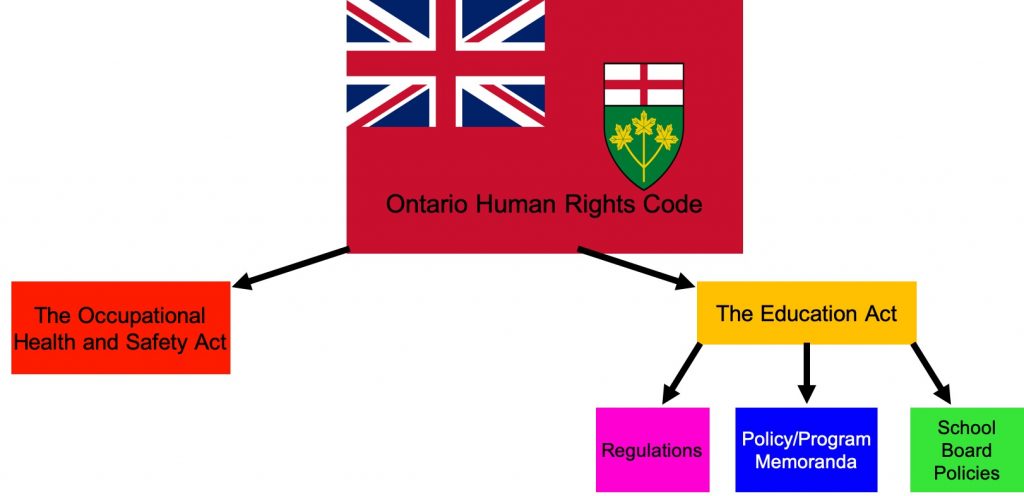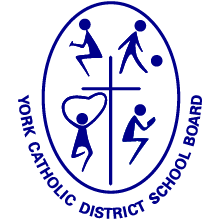
Discrimination
Discrimination means any form of unequal treatment based on a ground listed in the Ontario Human Rights Code ground. Discrimination may be intentional or unintentional. It may involve direct actions that are discriminatory on their face, or it may involve rules, practices or procedures that appear neutral, but have the effect of disadvantaging certain groups of people (“systemic”).
The Ontario Human Rights Code applies to work, education, housing and services that are governed by provincial law and is intended to ensure the dignity and worth of each person, a climate of respect and mutual understanding, full participation in society and equal rights and opportunities.
YCDSB’s harassment and discrimination policies are in accordance with the Human Rights Code.
Prohibited/ Protected Grounds
- Age
- Ancestry
- Citizenship
- Colour
- Creed
- Disability
- Ethnic Origin
- Family Status
- Gender Expression
- Gender Identity
- Marital Status
- Place of Origin
- Race
- Receipt of Public Assistance
- Record of Offenses
- Sex
- Sexual Orientation
Harassment
Harassment means “engaging in a course of vexatious comment or conduct that is known or ought reasonably to be known to be unwelcomed”. This definition is found in both the Ontario Human Rights Code (with respect to Code-based harassment) and Occupational Health and Safety Act (with respect to Workplace Harassment). YCDSB’s policies adopt this definition and broaden it to include, in the case of personal harassment, any conduct and/or behaviours which create an intimidating, demeaning or hostile working or academic environment.
Defining Harassment
A course
Vexatious
Comment or Conduct
Known or Ought Reasonably to Be Known
Unwelcomed
Human Rights-Based Harassment
Human rights-based harassment refers either to direct or indirect behaviour and includes comments, remarks, gestures, or other conduct that is unwelcome to the recipient.
Examples of human rights-based harassment
- Intimidation or threats motivated by a protected ground of discrimination
- Staring at, mocking, or belittling someone because of a physical or mental disability
- Obscene graffiti or sexualized jokes
- Practical jokes that are offensive to an individual based on any of the protected grounds of discrimination
- Display or distribution of racist or offensive pictures or materials
- Any actions that could be perceived as exhibiting offensive or demeaning treatment toward an individual or group based on grounds protected under the Human Rights Code
- Derogatory remarks, innuendoes or taunts about a person’s body, dress, physical appearance or beliefs based on a protected ground of discrimination
- Derogatory comments, threats or jeers about race, colour, ancestry, place of origin, or about the adornments and rituals associated with cultural or religious practices
- Racist jokes and ethnic slurs
- Derogatory comments about one’s gender, sexual orientation, gender identity, family status, or marital status
- Discriminatory comments about a person’s age
